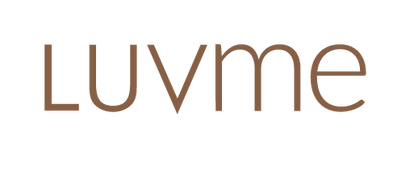Menu


Mastitis: A Personal Tale (+ What To Look Out For and How To Fix It)
September 05, 2023 3 min read
If you’re on the breastfeeding journey, you’ve probably heard the dreaded word “mastitis” floating around. As someone who has had it three times, I can attest that mastitis can be sneaky, painful and just plain not fun.

The first time I had mastitis, my newborn son was just two weeks old. I had a bit of a rough start to breastfeeding and I had very sore breasts and damaged nipples (In hindsight, I should have seen a lactation consultant right away because I suspect his latch wasn’t quite right.) I noticed a bit of a lump and redness, but I didn’t think too much about it, assuming it was a regular part of breastfeeding. I woke in the middle of the night, covered in sweat and shivering, and I knew something was wrong. I was so weak and dizzy and could hear my newborn crying but I couldn’t quite make sense of it all—I was delirious. My husband was away on a work trip, and I knew I needed to get my baby to my mum, who was staying down the hall in our house. I mustered all my energy to carry him to my mum, and once I did, I collapsed on the floor. I can’t think of many more times that I have felt as sick than I did that night. The next day, I went to the doctor and was prescribed antibiotics, which cleared it up thankfully. Looking back, I wish that I had known what I was dealing with, because feeling like that and not knowing what was going on was scary! Mastitis is surprisingly common with 25% of breastfeeding women experiencing it but there is a lot of conflicting and confusing information out there. So what is it exactly?
What is mastitis?
Mastitis is an inflammatory condition that causes trauma to the milk-making cells to a point where they burst their inflammatory contents outside the duct system. In most cases, mastitis is not an infection, it is inflammation. If not treated properly, it can become an infection, which is where it gets tricky! Antibiotics will only help infection, but not inflammation. Here is some more detailed information:
Symptoms to watch out for:
- Tenderness and a lump in your breast
- Feeling under the weather (rundown, tired)
- Fever
- Redness
- Aches
- Chills
Here’s some of the main things not to do:
- Do not massage your breast firmly to get lumps out (this can cause damage and increase inflammation)
- Do not pump to get the mastitis out (Mastitis cannot come out the nipples and increases pumping can increase engorgement)
- Do not wear tight fitting bras or clothing
When to see a doctor and get antibiotics:
- If symptoms are worsening after 24-48 hours
- If you have delirium, hallucinations, fainting, vomiting
- If you’re feeling really worried or anxious—trust your gut.
What to do if you have mastitis:
- Rest
- Reduce inflammation (apply cold packs)
- Take inflammation reducing pain relief (Panadol)
- Stick to your normal feeding schedule
- Gently massage backwards away from the nipple
- See a doctor in symptoms don’t improve after 24-48 hours
Ways to prevent mastitis:
- wear comfortable feeding bras that don’t constrict your breasts
- avoid skipping feeds
- see a lactation consultant to make sure baby’s latch is correct
We hope these tips and information helps you feel informed and equipped to deal with mastitis if it strikes. We got your back, mama!
Leave a comment
Comments will be approved before showing up.
Subscribe
Sign up to get the latest on sales, new releases and more …
